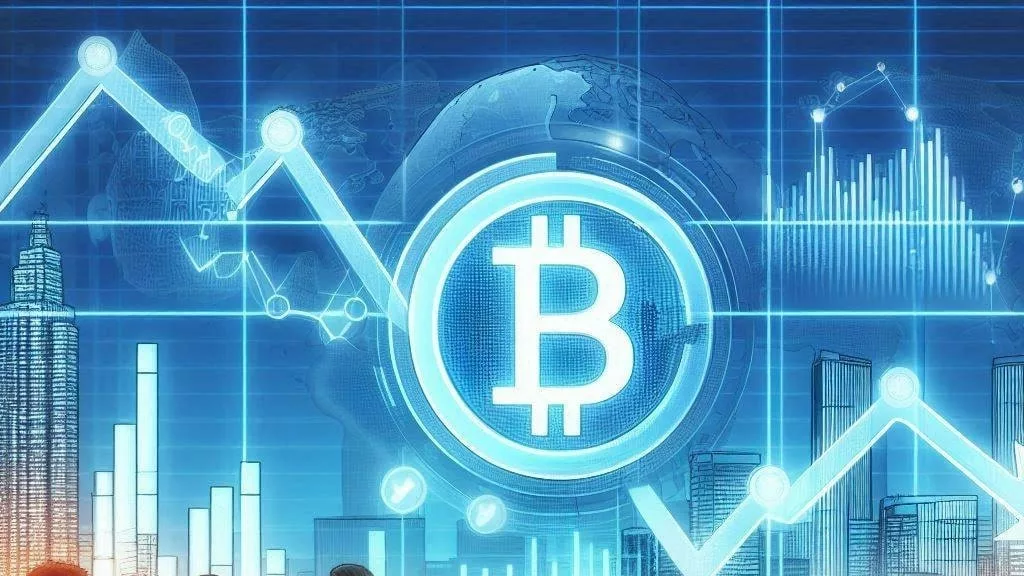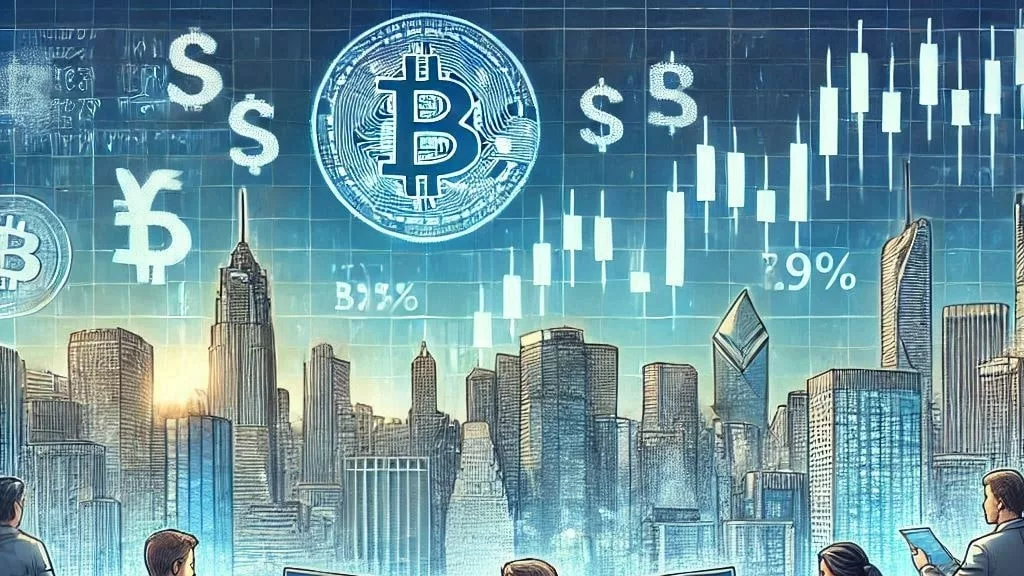Ethereum Gas Fees Drop to Record Low Amid Reduced Activity
February 8, 2025
Ethereum Gas Fees Drop to Record Low Amid Reduced Activity
Home Altcoins News Ethereum Gas Fees Drop to Record Low Amid Reduced Activity
Ethereum Gas Fees Drop to Record Low Amid Reduced Activity
Evie
February 8, 2025

Ethereum has recently seen its average gas fees fall to a record low of 1 gwei (roughly $0.06), marking a significant shift in the network’s transaction cost dynamics. Gas fees, which are the amounts users pay to carry out transactions on the Ethereum blockchain, are an essential metric for understanding the overall activity and health of the network. This drastic drop has raised discussions in the crypto community about what it means for Ethereum’s price and its broader market prospects in 2025.
Why Are Ethereum’s Gas Fees Dropping?
Ethereum’s gas fees dropping to such a low level could signal several things, but most notably, it reflects a reduced level of network activity. While the drop in transaction costs could be attributed to improvements in scalability, such as the Ethereum 2.0 upgrade and Layer 2 protocols, the more immediate reason for the fall appears to be a slowdown in network usage.
Ethereum underwent a significant update in early 2024 called the “blobs update,” which helped lower transaction costs, particularly on Layer 2 (L2) networks. While these upgrades were initially seen as positive, some market analysts believe that they inadvertently led to a shift in demand from Ethereum’s Layer 1 (L1) to the more efficient L2 protocols. As a result, fewer users are utilizing the main Ethereum chain for transactions, pushing down average gas fees.
A Decrease in Network Activity
This recent dip in gas fees is not entirely unprecedented. Looking back at Ethereum’s history, spikes in gas prices above 25 gwei have traditionally correlated with price rallies, often coinciding with local tops in ETH’s price action. For instance, during the March 2024 surge, when Ethereum hit $4,000, gas fees spiked over 90 gwei, marking a period of high network activity and investor interest.
However, in the wake of the most recent ETH price pullback, the opposite trend is occurring. Gas fees are dropping, and the number of active Ethereum addresses is also on the decline. According to data from CryptoQuant, Ethereum’s average active addresses dropped from 403,000 in December to 380,000 in early February 2025. This reduction in user activity is concerning for Ethereum’s short-term price outlook, as it suggests that fewer people are transacting on the network.
ETH’s Supply Dynamics and Market Sentiment
Adding to the concerns around Ethereum’s reduced gas fees is the increase in ETH’s supply. Following Ethereum’s transition to a proof-of-stake (PoS) model, the supply of ETH has now risen to pre-Merge levels. This shift could potentially dampen market sentiment, especially if demand for ETH does not match the growing supply. A higher supply coupled with lower network activity might weigh on ETH’s price in the short term.
Nonetheless, there are some positive signals amidst the current downturn. The Coinbase Premium Index, a key indicator of U.S. investor demand, saw a positive spike during the February 3rd market correction, suggesting that investors were quick to take advantage of discounted prices. However, by the time of writing, the indicator had eased back to neutral territory. If it continues to show positive trends, it could indicate renewed investor interest, potentially fueling a price recovery.
The Road Ahead for ETH
Ethereum’s future performance depends on a variety of factors, from network activity to broader economic conditions. Currently, Ethereum’s price has been hovering below $3,000 since February 3, with some uncertainty regarding whether upcoming macroeconomic data, such as the U.S. January Jobs report, will influence investor sentiment.
If the Coinbase Premium Index remains green and U.S. investor demand continues to rise, ETH could make a recovery and reverse some of its recent losses. However, if the indicator dips further into the red, it could signal a prolonged period of consolidation, limiting any significant price increases for Ethereum in the near future.
Ethereum’s low gas fees are a double-edged sword. While they indicate reduced demand on the Ethereum mainnet, they also highlight the success of the Ethereum network’s scalability improvements, especially with the shift to Layer 2 protocols. For now, it appears that Ethereum’s recovery will depend on whether market demand picks up or whether the network’s lower fees and rising supply continue to cap the coin’s growth.
As Ethereum continues to evolve, the relationship between gas fees, network activity, and investor sentiment will play a crucial role in determining the future trajectory of ETH’s price. While the current environment suggests caution, Ethereum’s adaptability and ongoing upgrades could pave the way for a strong rebound in the long run.
Post Views: 24
Crypto newsletter
Get the latest Crypto & Blockchain News in your inbox.
Search
RECENT PRESS RELEASES
Related Post






